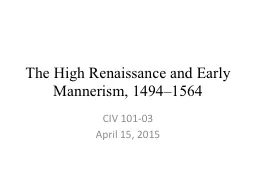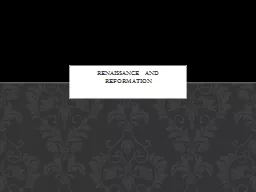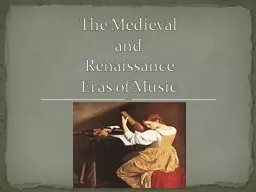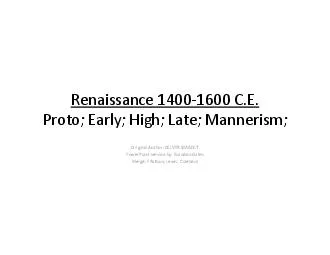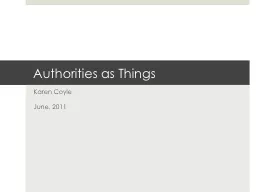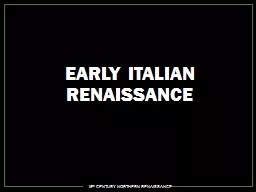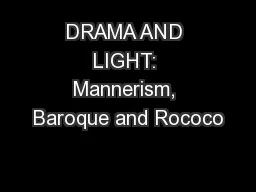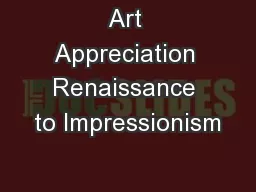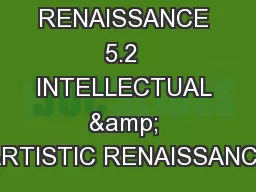PPT-The High Renaissance and Early Mannerism, 1494–1564
Author : luanne-stotts | Published Date : 2016-07-28
CIV 10103 April 15 2015 The Rise of the Modern Sovereign State Eventually we get Europe out of this mess For the time being they just fight with each other often
Presentation Embed Code
Download Presentation
Download Presentation The PPT/PDF document "The High Renaissance and Early Mannerism..." is the property of its rightful owner. Permission is granted to download and print the materials on this website for personal, non-commercial use only, and to display it on your personal computer provided you do not modify the materials and that you retain all copyright notices contained in the materials. By downloading content from our website, you accept the terms of this agreement.
The High Renaissance and Early Mannerism, 1494–1564: Transcript
Download Rules Of Document
"The High Renaissance and Early Mannerism, 1494–1564"The content belongs to its owner. You may download and print it for personal use, without modification, and keep all copyright notices. By downloading, you agree to these terms.
Related Documents

